Video Q&A and Table of Contents
Video Q&A about our book
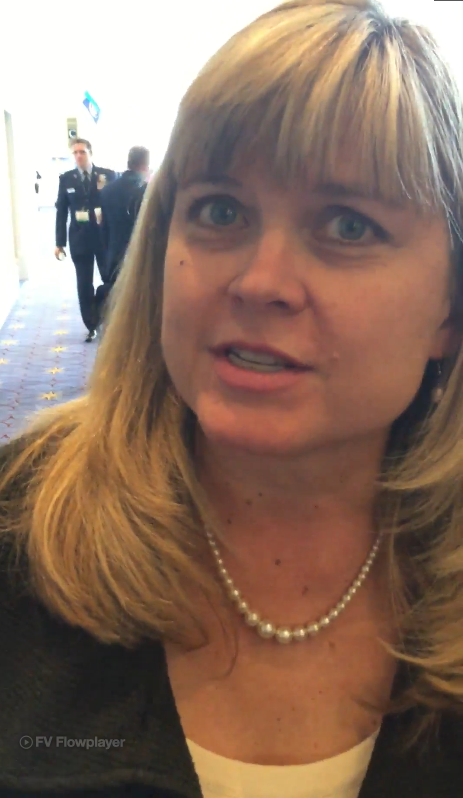
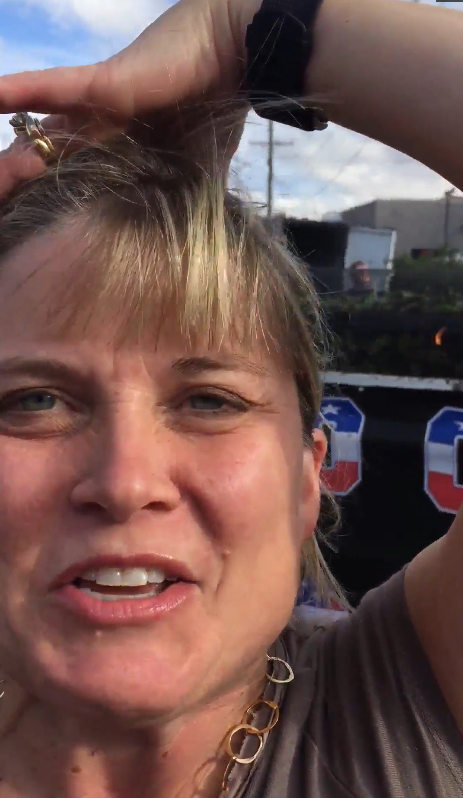
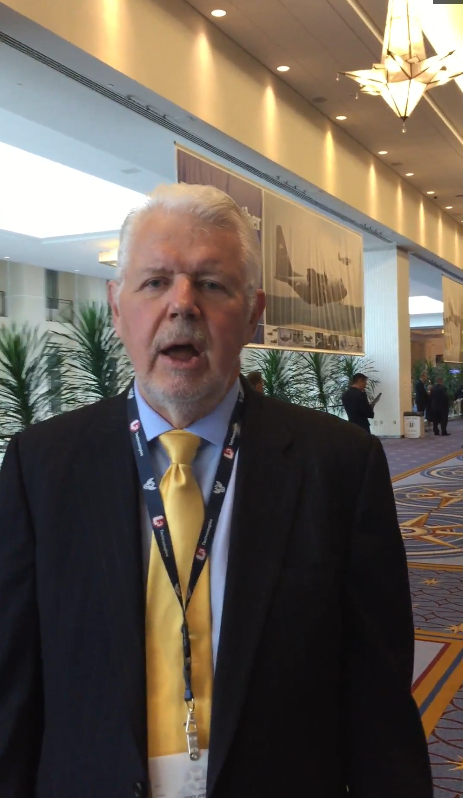

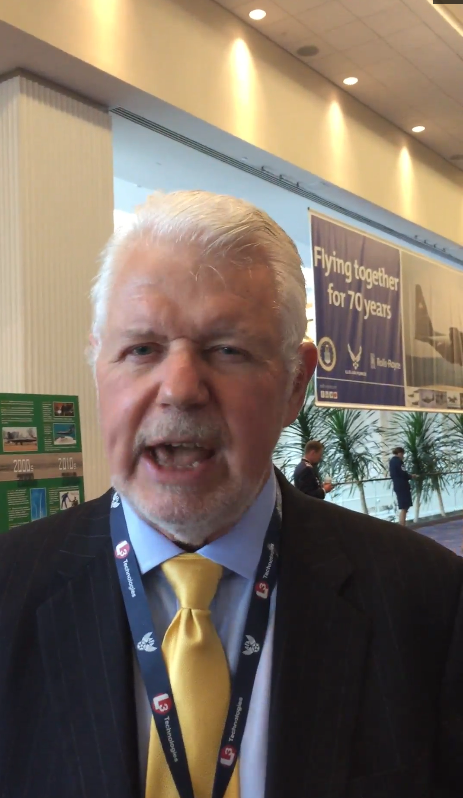
Most Popular Chapter
Like the Pueblo Chili Festival, Every Chapter Has Heat
Bill’s Favorite Chapter
Concepts We Use Most
Most Useful Chapter
Table of Contents
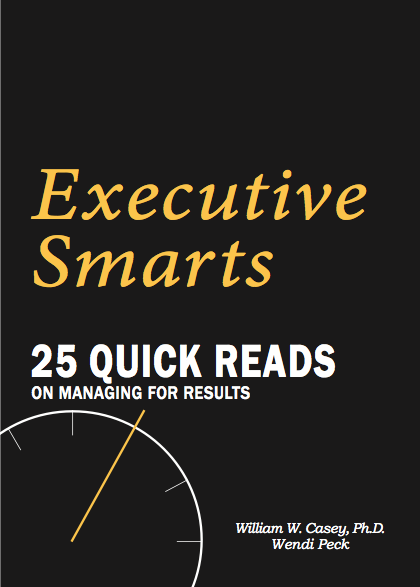
Consider the following chapter list your dim sum menu.
Any sequence of chapters, in any combination, will work.
And most chapters take no more than five minutes to read.
To help navigate the chapters, use the section headings:
Section 1: Leadership and Personal Effectiveness
Section 2: Planning and Execution
Section 3: Projects and Initiatives
Section 4: Organizational Culture and Change
Section 5: Innovation
Section 6: Organizational Structure
SECTION 1: LEADERSHIP AND PERSONAL EFFECTIVENESS
Leadership Transition: Leave Your Campsite Better Than You Found It
Leaders who are transitioning out of their jobs need to learn a simple morality about what to leave behind
Slow Courage and Doing the Right Thing
Even in organizations that reward the wrong things, people with slow courage do the right things
How to Take Charge
It’s tough being the new boss. Here are twelve tips for making it easier.
The Formula for Good Judgment (and the Cure for Bad Judgment)
There are two kinds of bad judgment. Oddly, if you combine them, you get good judgment.
How Not to Derail Your Climb Up the Corporate Ladder
When climbing up the corporate ladder, there are lots of ways to shoot yourself in the foot. Here are a half dozen of the ones to be most careful about.
SECTION 2: PLANNING AND EXECUTION
Are Goals Dangerous?
Some people say that goals drive bad outcomes. We counter that the right strategic thinking before writing goals makes them a powerful force for good.
A Clear Success? You Bet!
The “bar bet” test may be all you ever need to know about making your strategic outcomes clear and measurable.
Strategic Assumptions
Strategic assumptions underlie the “why” of any strategy; they flesh out the logic of a plan. But most planners either state no assumptions or state the wrong ones. Here are ten rules for getting it right.
Accomplish More with Less
It’s commonly held that you should aim for effectiveness before you aim for efficiency, which is correct. But even before that, figure out what you’re trying to accomplish.
The Three C’s of Accountability
“It’s an accountability problem,” is a diagnosis that doesn’t always lead to a useful prescription. Here are the three ingredients to both effective diagnosis and cure.
How to Make Strategy Review = Strategy Execution
The annual strategic planning meeting doesn’t create the right “drumbeat” for execution, but the right kind of regular strategy review meetings do.
SECTION 3: PROJECTS AND INITIATIVES
Strategic Project Control Starts with Asking the Right Questions
If you are a project executive who must manage multiple project managers, then these incisive questions will help you stay in control
Cross-Functional or Dysfunctional? Keys to Getting Those Big Initiatives Right
“Zombies,” “Unguided missiles,” “Cesspools,” and “Boneless Chickens” describe the various kinds of dysfunctional cross-functional teams. Here’s the remedy for each.
Tips for Managing Projects More Effectively
Once you know when you’ve got a project on your hands (many managers don’t), here are some quick tips for making sure it succeeds.
SECTION 4: ORGANIZATIONAL CULTURE AND CHANGE
Five Steps to Build a More Response-able Organization
There are two kinds of people: those who admire problems and those who solve them. Here’s how to create an organization composed of the latter.
Create a Culture of Candor
It’s good news when bad news can make it to the top. Here are seven ways to make sure that happens in your organization.
Organizational Change — Getting Everybody on Board
Even a little change can seem big to the people who bear the burden of that change. Here are some pointers for helping employees move gracefully through change.
Transformational Levers for Big Organizational Change
“MICE ROAR” is our eight-point checklist for planning big organizational changes.
When Failure Leads to Innovation, and When It Doesn’t
“Failure leads to innovation” is a cliché. Sometimes it’s right and sometimes it’s not. How to guarantee that failure propels you forward, not downward.
We Can All Play in the “Innovation Sandbox”
Radical innovation requires some radical conditions. Here’s what they are.
Lessons Learned about Lessons Learned
Like in school, lessons not learned are flunked. And then repeated. Here’s how to ensure that lessons are learned and applied.
SECTION 6: ORGANIZATIONAL STRUCTURE
Restructuring Requires Smart Tactics
Smart strategy should drive an organizational restructuring. But smart tactics are how you make the strategy work. Here are four vital ones.
Accountability without Authority: How to Drive Employees Crazy
The NAG Syndrome (No Authority Gauntlet) is how to drive a good employee over the edge. Here’s how to recognize the syndrome, and how to avoid it.
Matrix Management — and Three Rules That Make It Actually Work
“Matrix Management” can lead to disaster, or it can be a brilliant organizational structure. With a little field research, we learned how to make it the latter.
On Head Chopping
Staff reductions are always difficult, emotional moves. But they can also be smart moves, if you do them right. Here are some guidelines.